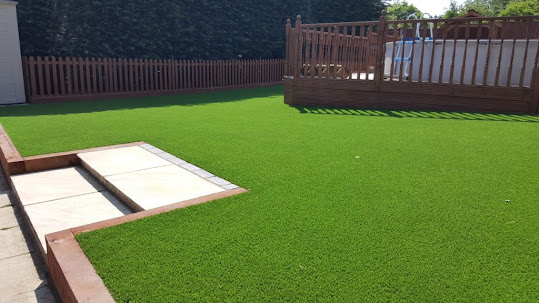Exploring the Rise of Artificial Grass in Modern Landscaping
In recent years, artificial grass has emerged as a revolutionary alternative to natural lawns, transforming landscapes and challenging traditional perceptions of outdoor spaces. This synthetic turf, once reserved for sports arenas, has now found its way into residential yards, commercial properties, and even rooftop gardens, offering a myriad of benefits and sparking intriguing debates along the way.
One of the most prominent advantages of artificial grass is its low maintenance nature. Unlike natural grass, which demands regular mowing, watering, and fertilizing, synthetic turf requires minimal upkeep. This appeals to homeowners and businesses alike, as it reduces both time spent on maintenance tasks and overall water consumption, particularly in regions prone to drought.
Moreover, artificial grass provides a lush, green aesthetic year-round, regardless of weather conditions or foot traffic. Its UV-resistant fibers ensure durability and color retention, offering a perpetually verdant landscape that remains unaffected by seasonal changes. This consistency in appearance proves especially appealing for commercial properties, where pristine landscaping contributes to a polished, professional image.
The environmental impact of artificial grass, however, remains a point of contention. While it eliminates the need for pesticides and reduces water usage, its production process involves the use of non-renewable resources, such as petroleum-based materials. Additionally, concerns have been raised about its disposal at the end of its lifespan, as most synthetic turfs are not biodegradable and can contribute to landfill waste.
Despite these drawbacks, the popularity of artificial grass continues to soar, driven by its convenience, aesthetic appeal, and advancements in technology. Innovations in manufacturing have led to more lifelike textures and improved drainage systems, further blurring the line between natural and synthetic landscapes.
In conclusion, the rise of artificial grass marks a significant shift in the way we perceive and interact with outdoor environments. While it offers undeniable benefits in terms of maintenance and visual appeal, its environmental implications underscore the importance of continued research and innovation in sustainable landscaping practices. As we navigate the complexities of balancing convenience with ecological responsibility, artificial grass stands as a testament to our ever-evolving relationship with the natural world.




Comments
Post a Comment